Sequencing Skills Reading Fiction Worksheets for Ages 4-5
5 filtered results
-
From - To
Enhance your child's reading comprehension and storytelling abilities with our Sequencing Skills Reading Fiction Worksheets for Ages 4-5. Specifically designed for young learners, these worksheets help children understand the order of events in a story, boosting their logical thinking and narrative skills. Kids will enjoy engaging activities that involve arranging pictures, short sentences, and story elements in the correct sequence. Perfect for at-home learning or classroom use, our printable worksheets make mastering sequencing fun and interactive, setting a strong foundation for future reading proficiency. Dive into enjoyable and educational adventures with our expertly crafted resources!
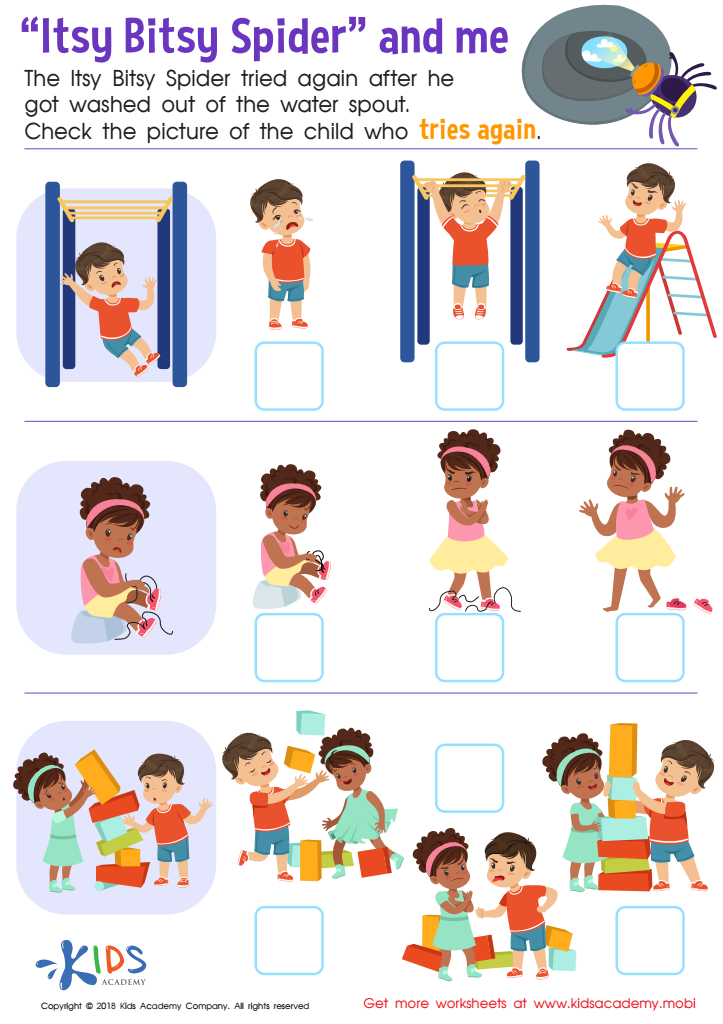

Itsy Bitsy Spider and Me Worksheet
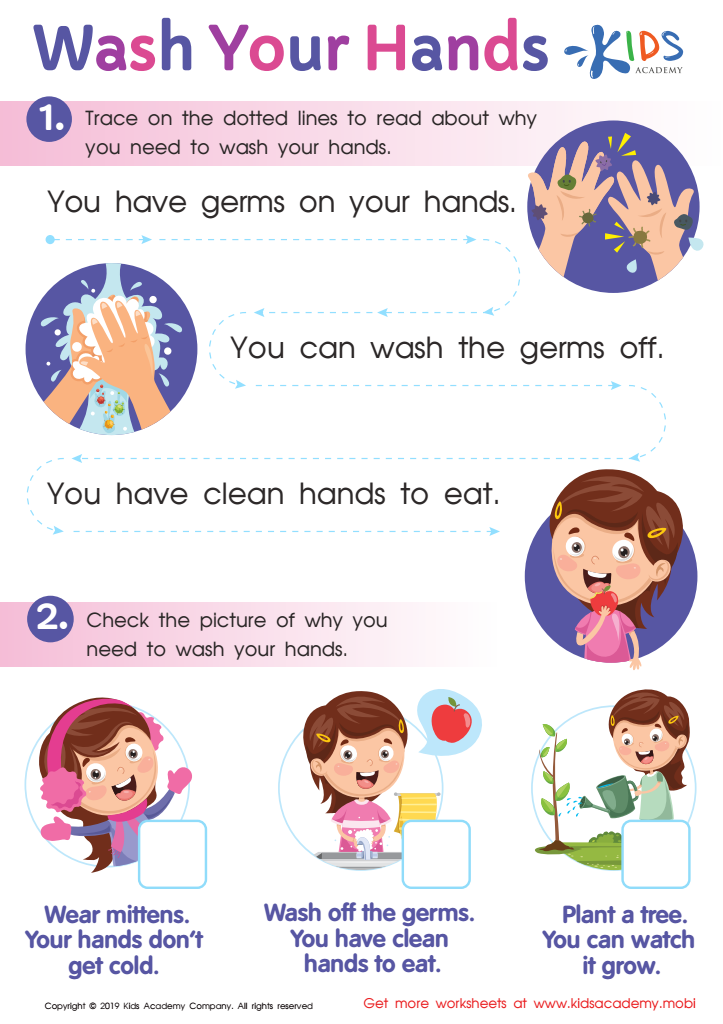

Wash Your Hands Worksheet
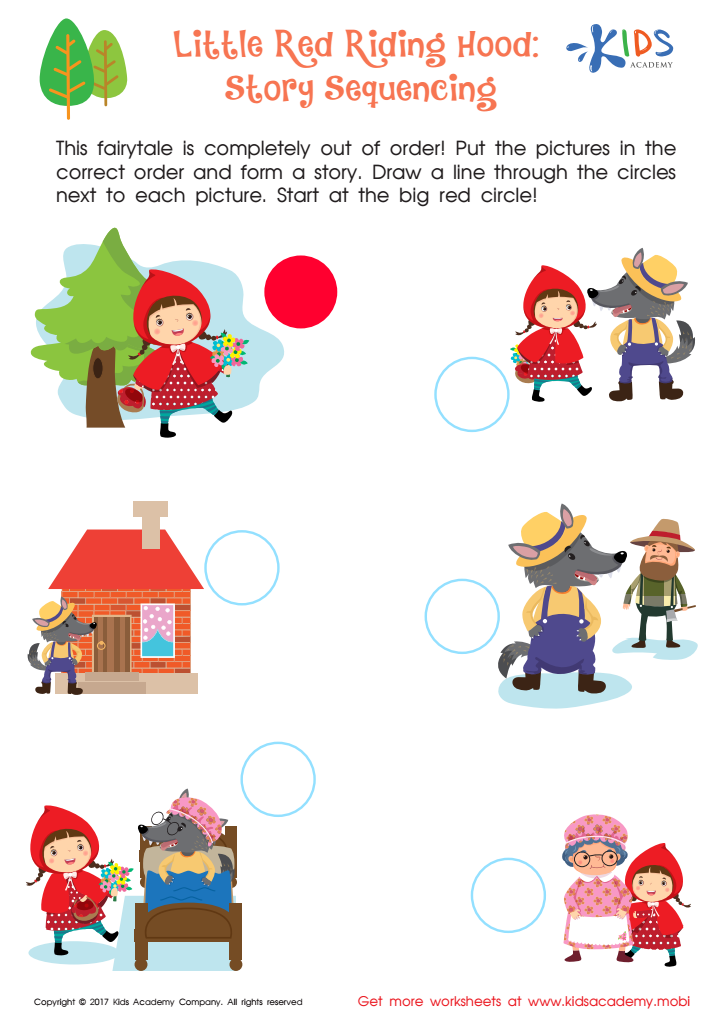

Story Sequencing Printable
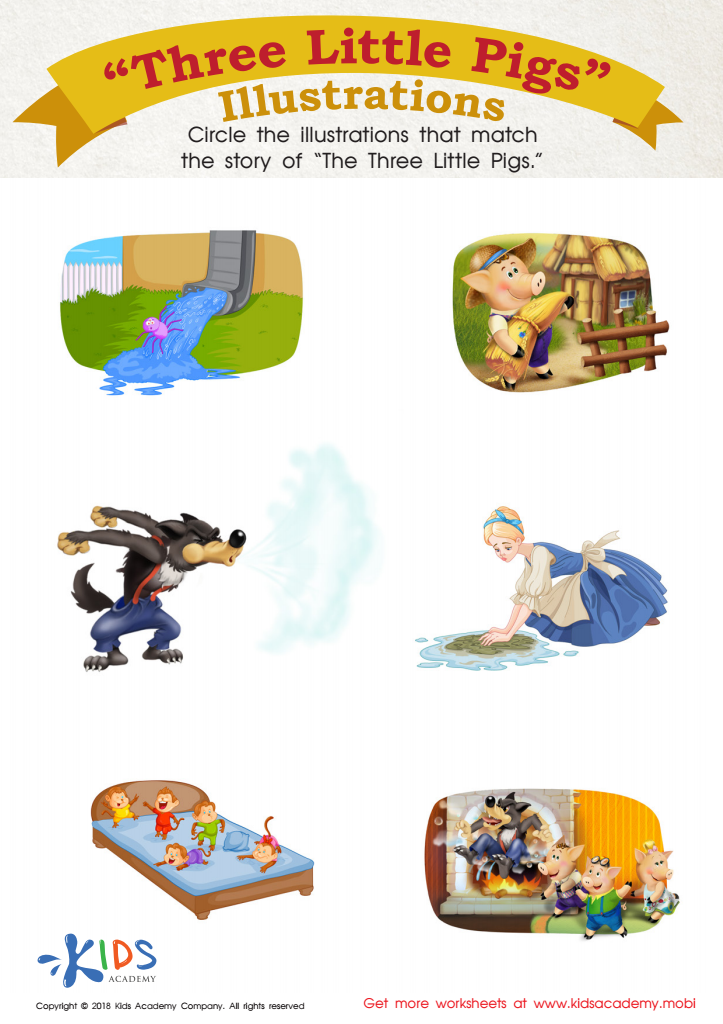

Three Little Pigs: Illustrations Worksheet
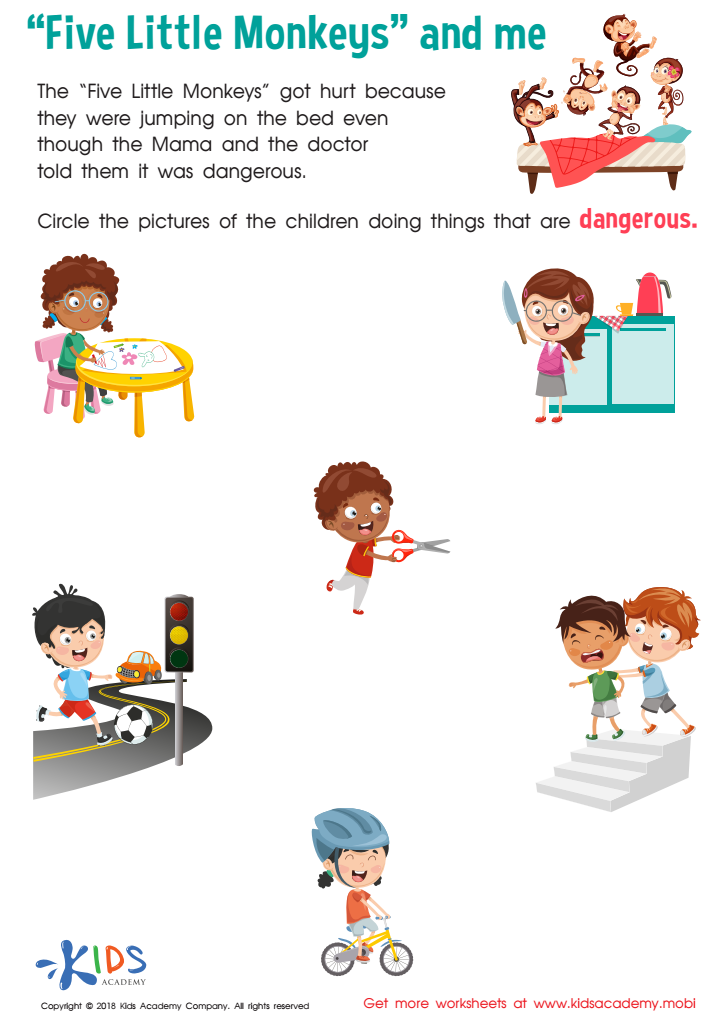

Five Little Monkeys and Me Worksheet
Sequencing skills are critical for young children, especially in the context of reading fiction, as they build a foundation for understanding narrative structure and logical order. For ages 4-5, grasping the beginning, middle, and end of a story helps them make sense of events and improves their comprehension. When parents and teachers focus on these skills, children learn to organize information in a way that enhances memory retention and cognitive development.
By practicing sequencing, young learners gain the ability to predict what might happen next in a story, fostering important critical thinking skills. This ability to anticipate events not only strengthens their engagement with the text but also aids in vocabulary development and linguistic skills as they learn new words and concepts in context.
Furthermore, sequencing is fundamental in developing writing skills. As children learn to sequence stories, they can better articulate experiences and ideas in their writing, which will be essential throughout their educational journey. This practice also aligns well with other learning activities, such as discussing daily schedules or understanding the steps in a process, making it an invaluable skill across various domains.
In conclusion, investing time and effort into teaching sequencing skills to young children significantly enhances their reading comprehension, critical thinking, and overall cognitive development, laying a solid groundwork for future academic success.

 Assign to My Students
Assign to My Students






















